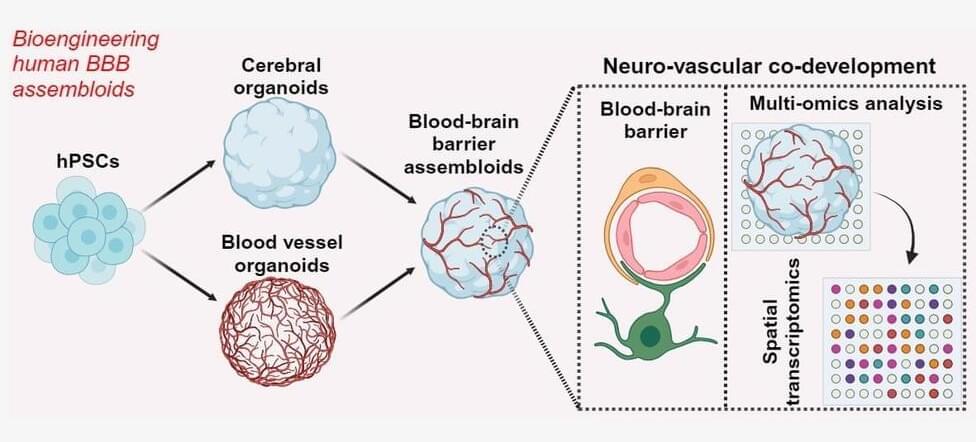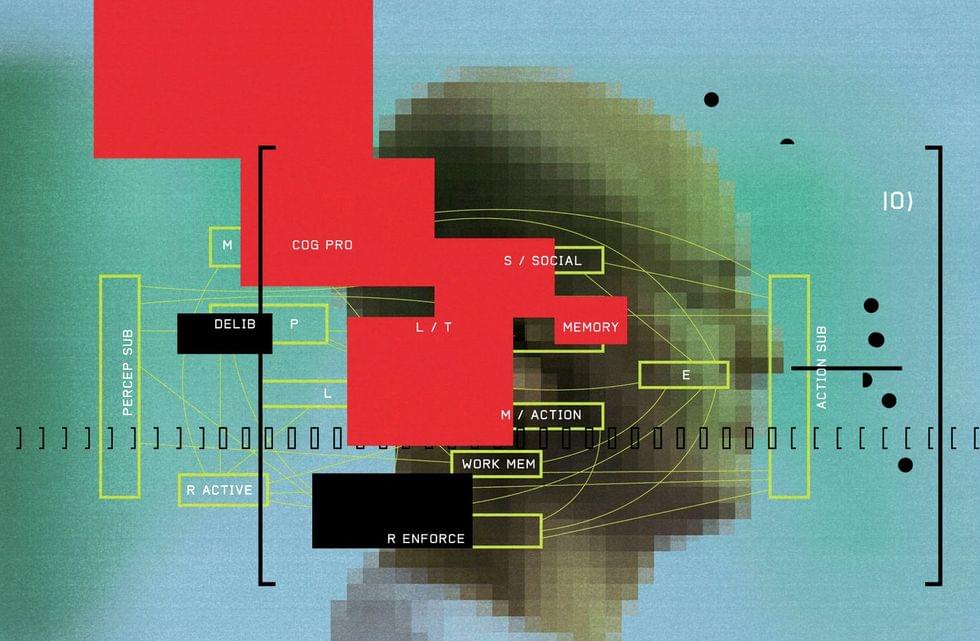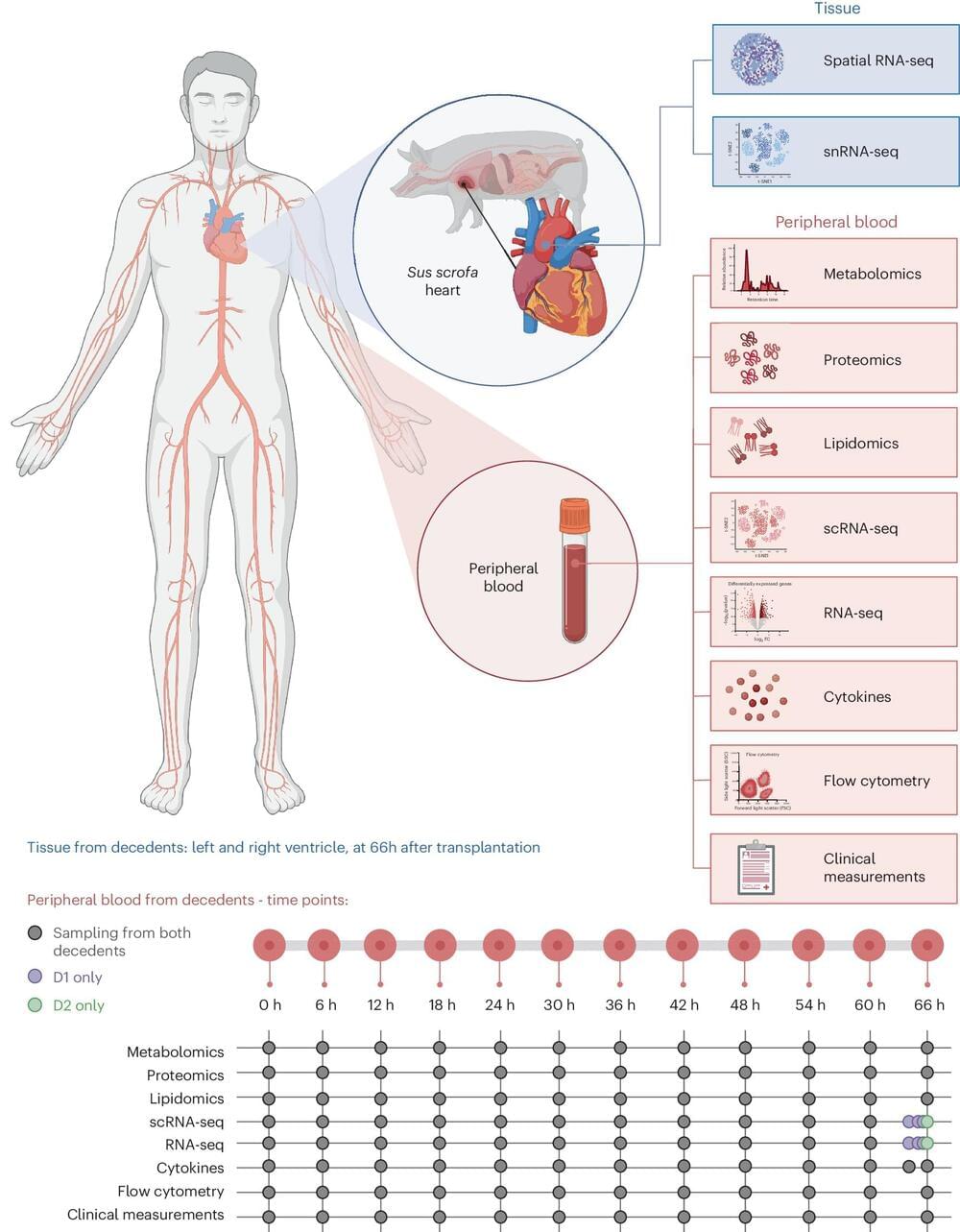In a pioneering achievement, a research team led by experts at Cincinnati Children’s have developed the world’s first human mini-brain that incorporates a fully functional blood-brain barrier (BBB).
This major advance, published May 15, 2024, in Cell Stem Cell, promises to accelerate the understanding and improved treatment of a wide range of brain disorders, including stroke, cerebral vascular disorders, brain cancer, Alzheimer’s disease, Huntington disease, Parkinson’s disease, and other neurodegenerative conditions.
“Lack of an authentic human BBB model has been a major hurdle in studying neurological diseases,” says lead corresponding author Ziyuan Guo, PhD, “Our breakthrough involves the generation of human BBB organoids from human pluripotent stem cells, mimicking human neurovascular development to produce a faithful representation of the barrier in growing, functioning brain tissue. This is an important advance because animal models we currently use in research do not accurately reflect human brain development and BBB functionality.”








